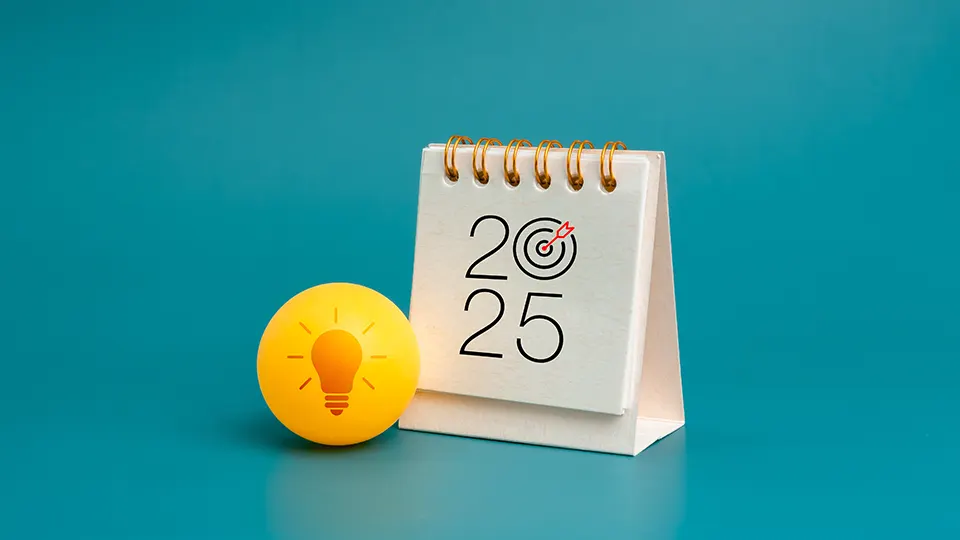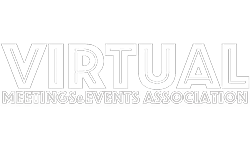Prediction: 2025 is going to be the year of immersive and experiential events.
Attendees don’t just want to be present at a convention center or hotel. “They want to feel the event,” says Vibe Founder Valerie Bihet. “Planners need to factor in all of the senses to create an experience that can’t be forgotten.”
Here, we look at six trends related to making events a more personal experience for attendees – the key to holding a successful gathering.
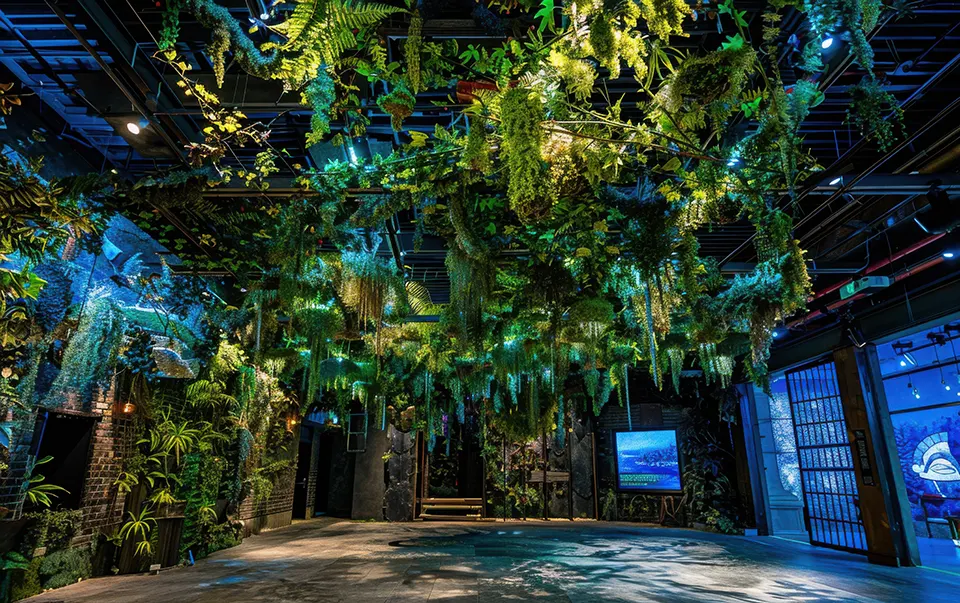
1. Staying Active in a Community
A meeting’s destination is not only a selling point for attendees, but also the first place for events to draw inspiration from.
It’s important to plan activities, receptions, and outings that are unique to the city you are holding the event.
Look for new restaurants, unusual venues, and speakers that bring a local flavor to the event. This will also help break up the agenda so attendees are not just inside ballrooms and meeting spaces all day.
“Attendees are looking for a boutique experience so they can have a deeper connection,” Valerie says. “They want to shake things up and be surprised.”
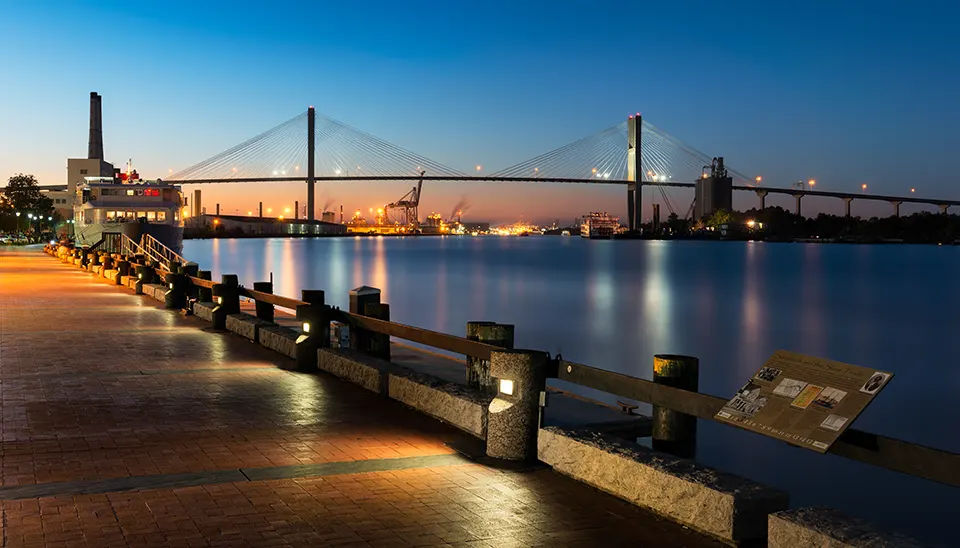
2. Hosting More Events With Fewer Attendees
While there will always be a place for trade shows and large conventions, organizations trying to personalize experiences will have greater success by planning several regional events than one large national meeting.
This approach can save some of an event’s valuable budget without sacrificing quality.
Savannah, Georgia and Nashville, Tennessee are two examples of Southeastern U.S. destinations drawing a large number of events. This is because they have a vibrant culture to match all the amenities planners need to produce a productive meeting.
By planning more regional events, a company can easily incorporate hot spots into their event’s portfolio and build excitement for each gathering.

3. Talking to Different Generations
Younger generations, specifically Generation Z and Millenials, are actively seeking out organizations that match their values such as sustainability and well-being.
In order to attract these attendees, events have to address these concerns in tangible ways.
Valerie suggests yoga and meditation breaks, as well as the ever-popular puppy lounge – a great stress reliever that helps rescue animals find full-time homes.
Pickleball and Bocce ball are other fun ways Vibe encourages fitness and networking.
“Attendees want to feel good about being at your event,” Valerie says.

4. Catching the Next Big Phenomenon
Another way to strike a personal touch is to look at popular movies and TV for inspiration.
Paris was a natural in 2024 because of the Summer Games and Netflix show, “Emily in Paris.”
One theme that may take off in 2025 is “Wicked,” which soared in popularity and will be out with a sequel in November.
Even if an attendee has not seen the Broadway show or movie, he or she will almost surely be familiar with The Yellow Brick Road and other Oz-inspiring moments a planner can deliver.
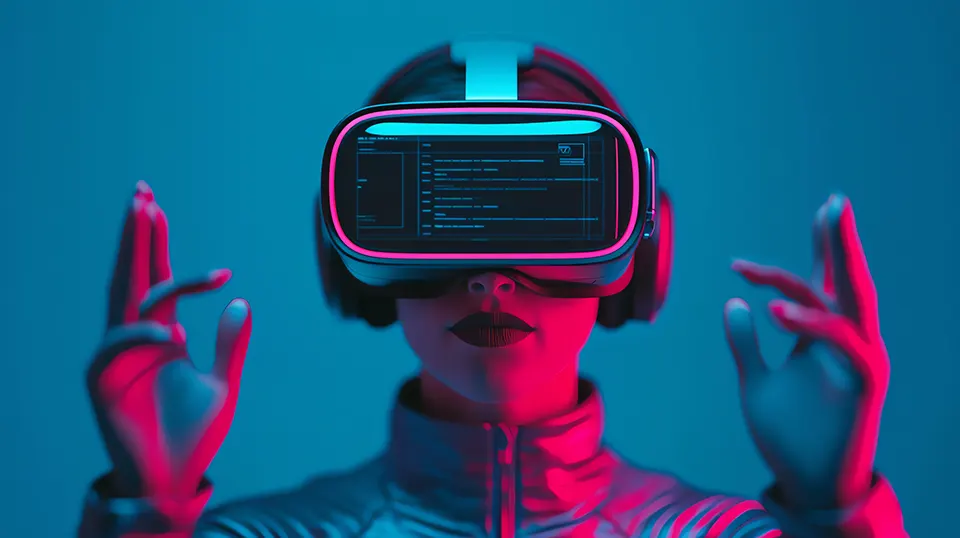
5. Embrace Wearable Tech and Gamification
VR headsets and digital name badges are two emerging technologies that spur connectivity among attendees and help planners collect data.
Vibe has also seen great success creating engagement with gamification.
App-based games inspire interaction with a brand. For instance, Vibe incorporated symbols into a presentation that attendees had to use to break a code to solve a puzzle.
“Gamification is a great way to get attendees to pay more attention,” says Valerie. “And you can use AI to study the data so you can personalize the event experience.”
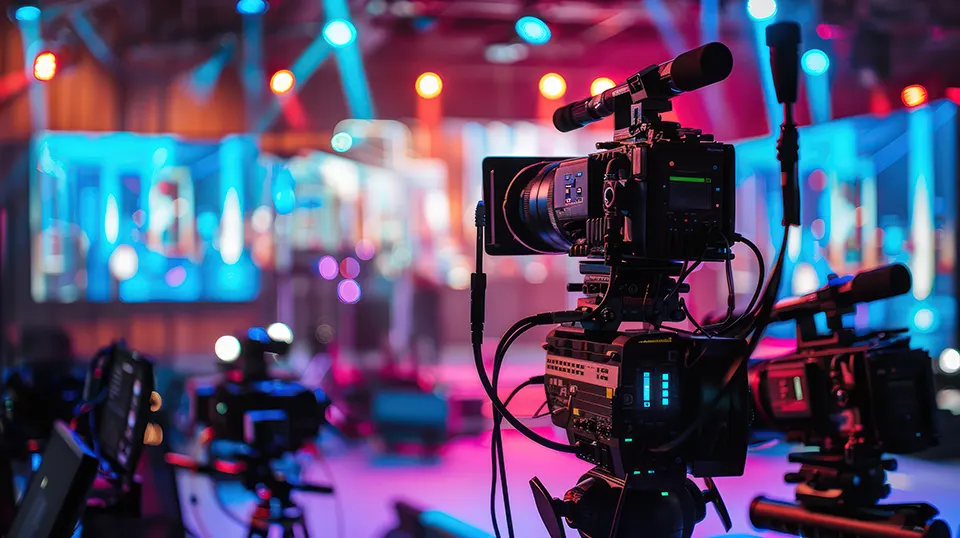
6. Hybrid Events Remain Important
A number of large companies are asking attendees to return to the office for the full work week, but events will still need to rely on virtual and hybrid meetings.
Hybrid options help cut down travel costs so more of the budget can go into creating memorable touchpoints for in-person attendees.
They also allow a team member who can’t attend due to health or other considerations to be part of the overall experience.
Valerie predicts companies may want to further integrate virtual and physical components of events to increase interaction among both sets of audiences.
“It’s a little more expensive but it’s worth it,” Valerie says. “Hybrid is important.”
